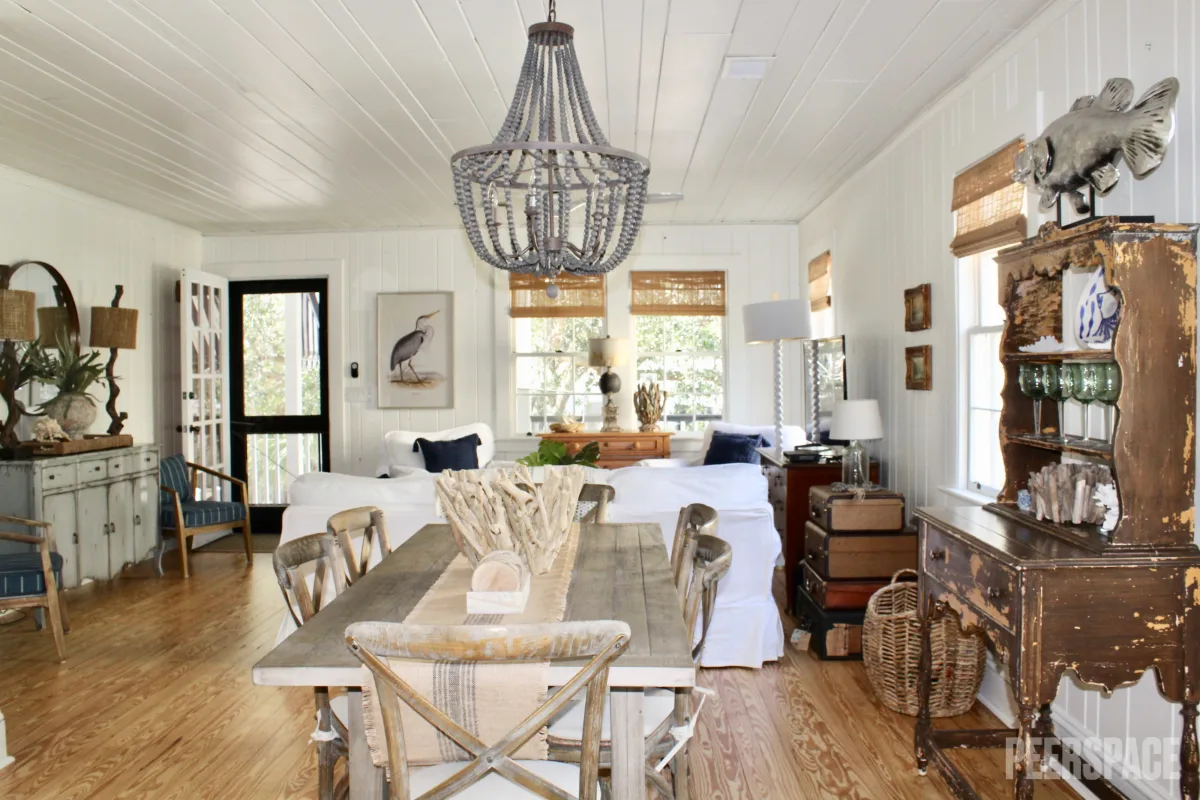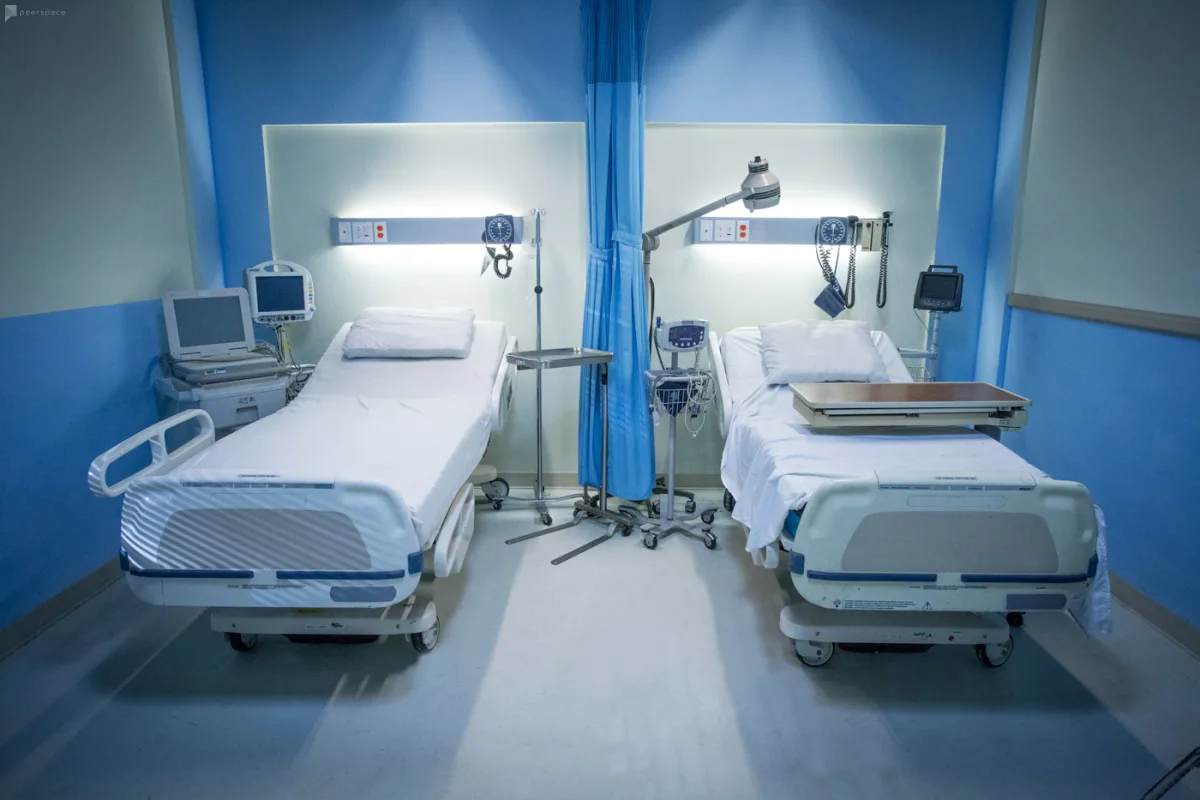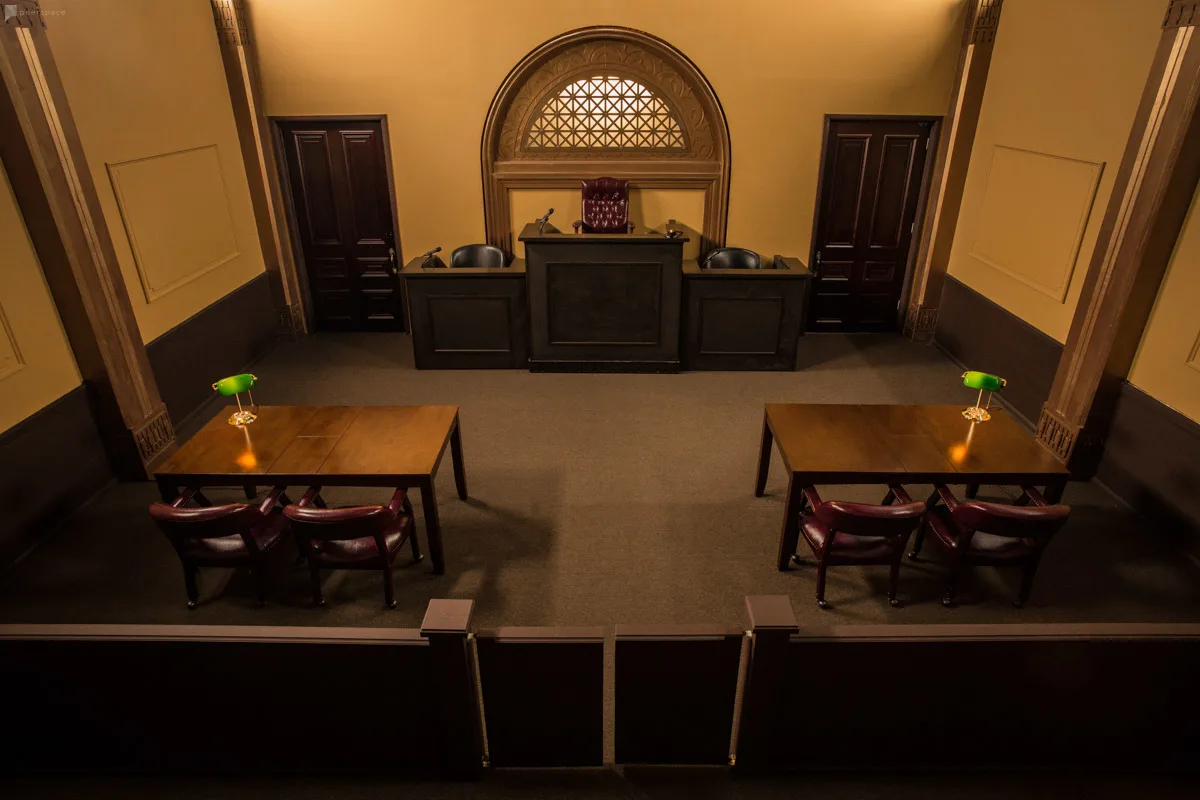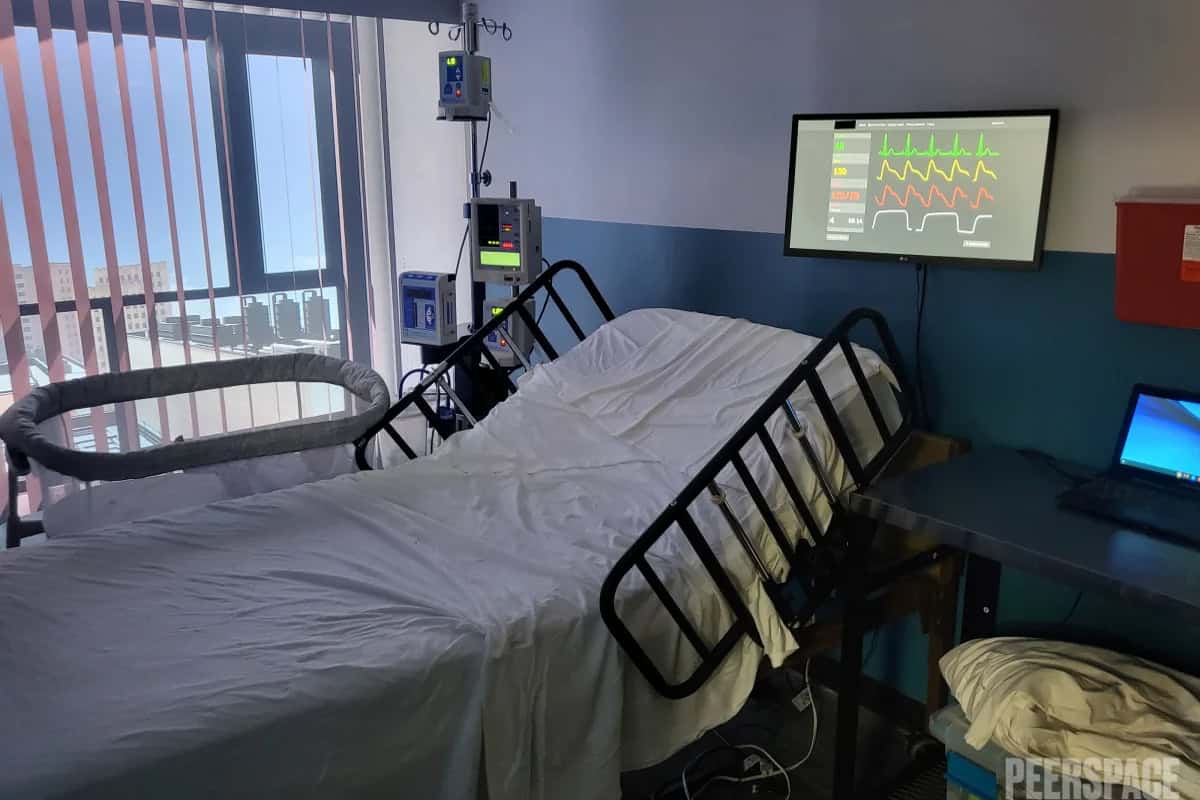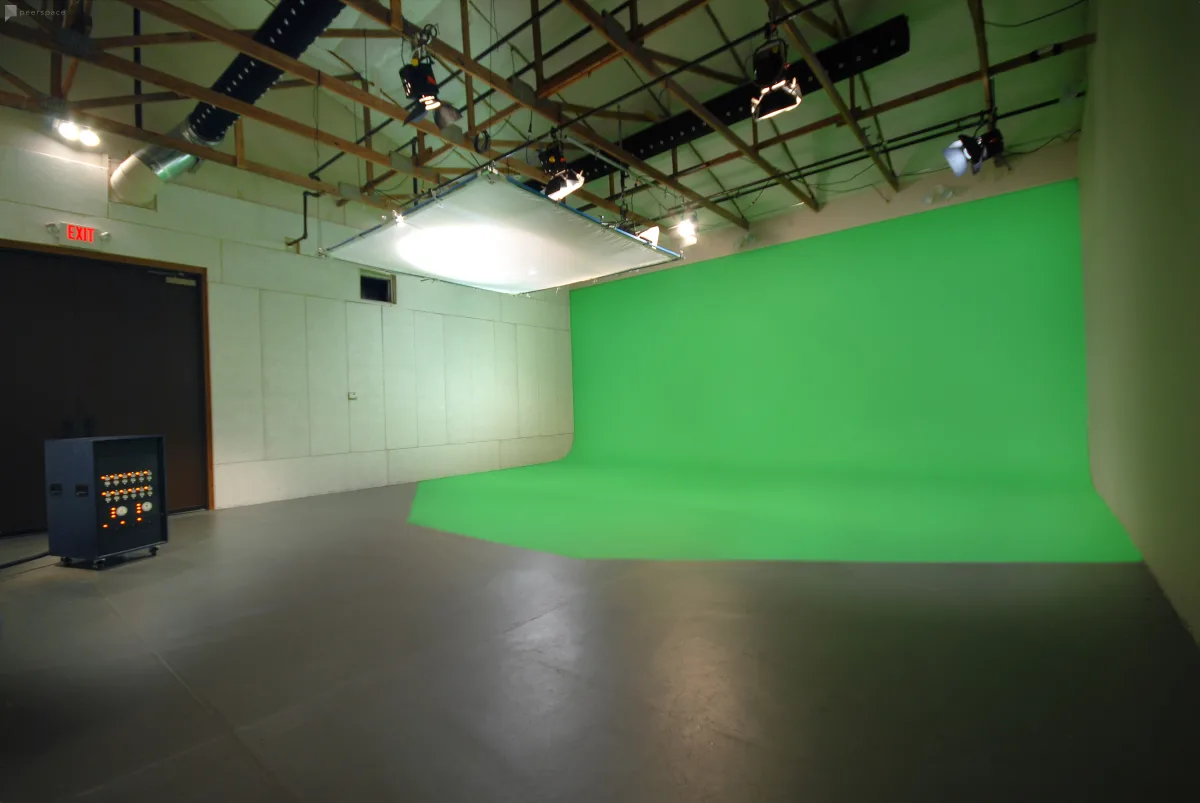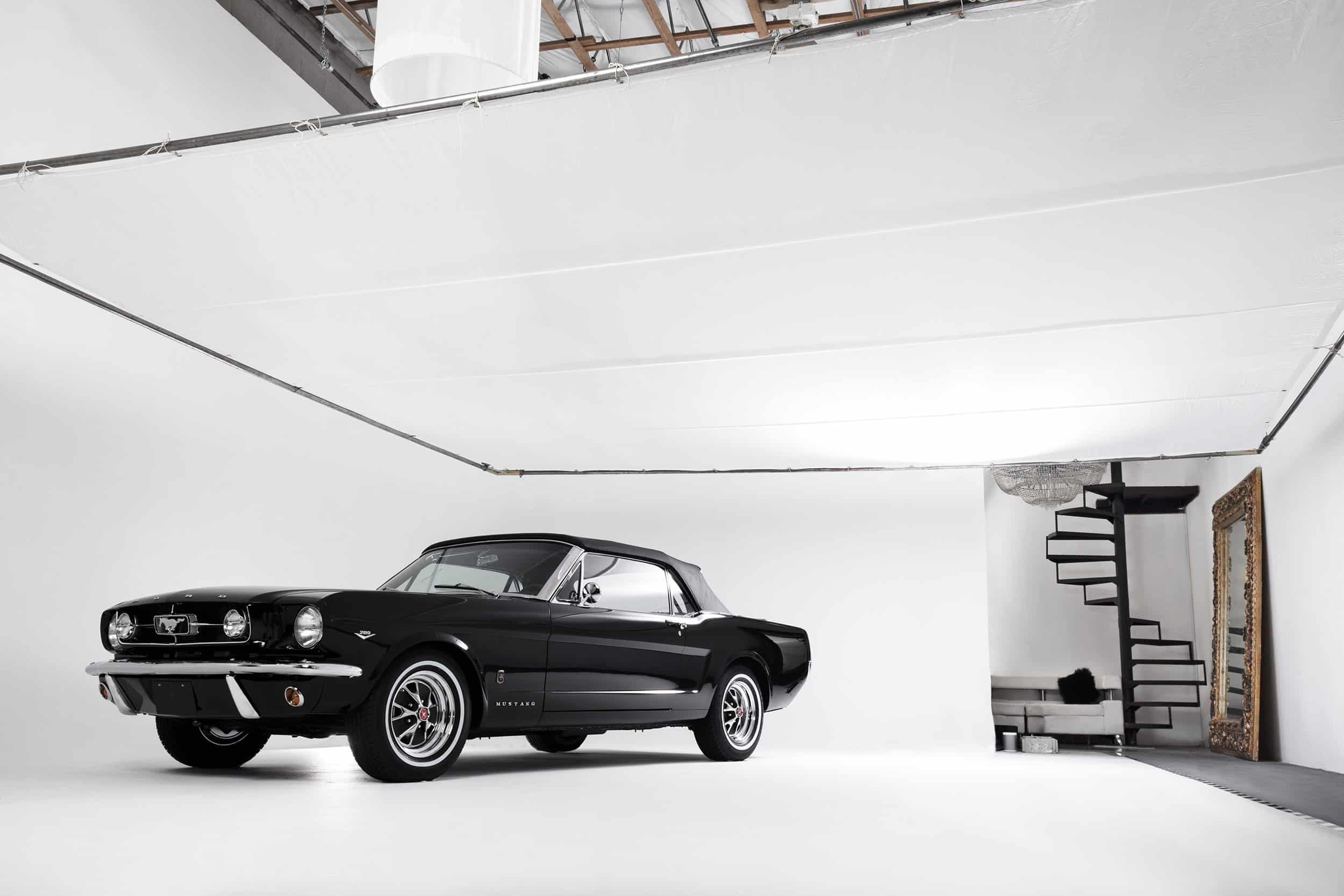What Is Parallel Editing in Film?
- Date: November 23, 2021
- Topic: Filmmaking
- Contributors: Written by Nina Gunther-Segal
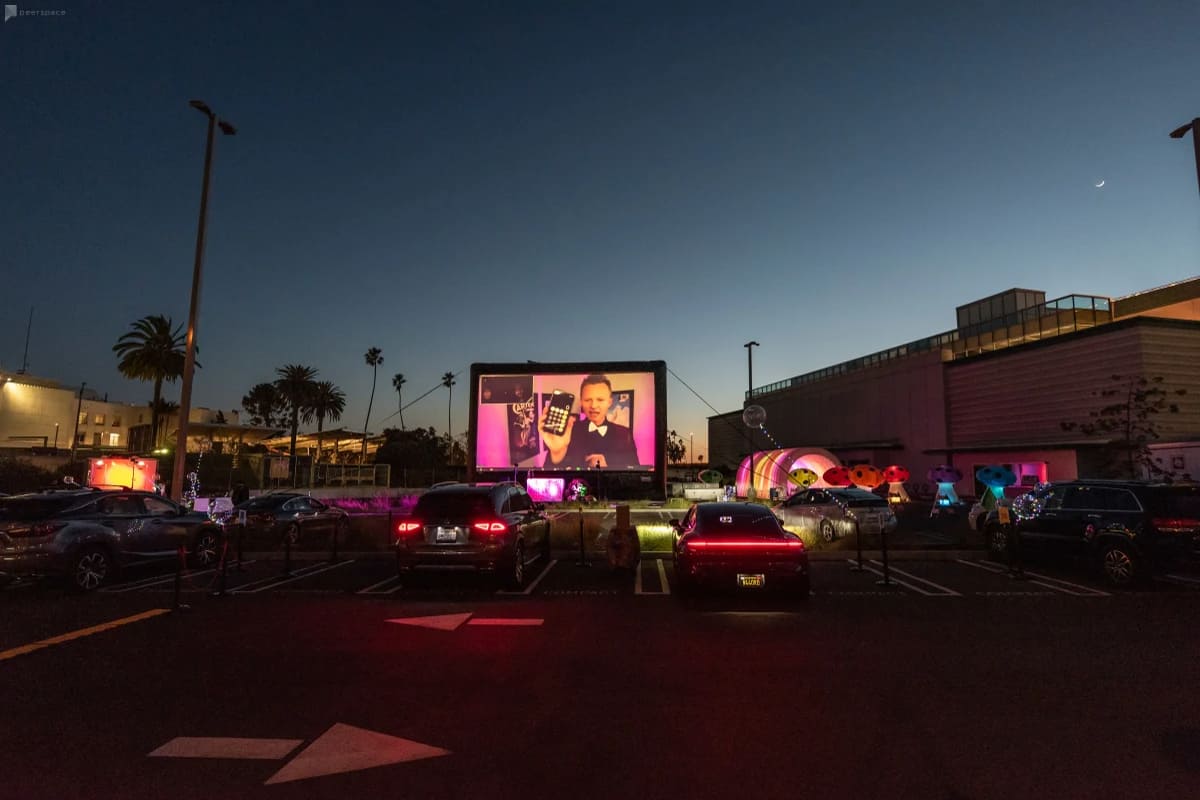
Source: Peerspace
A fascinating aspect of storytelling via film is that it allows the filmmaker to tell a story from multiple perspectives at once. The technical term for this is omniscience, which comes from the Latin omnis meaning “all” and scientia meaning “knowledge.” Thus the omniscient filmmaker has the luxury of possessing all the knowledge in the world. But how does the filmmaker attempt to convey all this information? This is where the art and science of editing are so crucial to the filmmaking process. What is parallel editing in film, and how can it tell a story more effectively?
If you’re making a film, consider Peerspace a valuable resource for information pertaining to the art of your craft. Not only that, but we happen to be the largest online marketplace for peer-to-peer production venue rentals. So when you’re looking for the perfect place to shoot your next project, check out Peerspace and all the locations we have near you. You can book a sky-high penthouse, an industrial warehouse, an elegant mansion, or a fully-equipped office space by the hour. And while most spaces come equipped with tons of neat and handy features, contact the Concierge service if you need anything additional. These logistical pros can source anything from cameras to catering from trusted local vendors and deliver it to you at your venue.
Why employ parallel editing in film?

The editing process is a crucial aspect of post-production. It is the process by which the filmmaker and the editor work together to splice raw footage together to tell a coherent story. But what is parallel editing? It is the process through which two different scenes from two separate locations that might be happening simultaneously. Editors splice them together to give the viewer a heightened understanding of how multiple non-linear situations fit together as a whole. You could employ parallel editing to intensify the action of a scene.
For example, two locations that cut back and forth artfully can up the ante of the action in both. It might also create a context between two characters that the viewer might not understand if they played the two scenes back-to-back. The filmmaker’s omniscience comes into play if they edit two scenes together that are happening simultaneously, giving the viewer a better understanding of both situations.
They couldn’t convey this clearly without parallel editing. Another convenient use of parallel editing might be to connect two seemingly unconnected storylines. All of these scenarios are employed to create tension and suspense or make the story more coherent.
How to make your action film more exciting
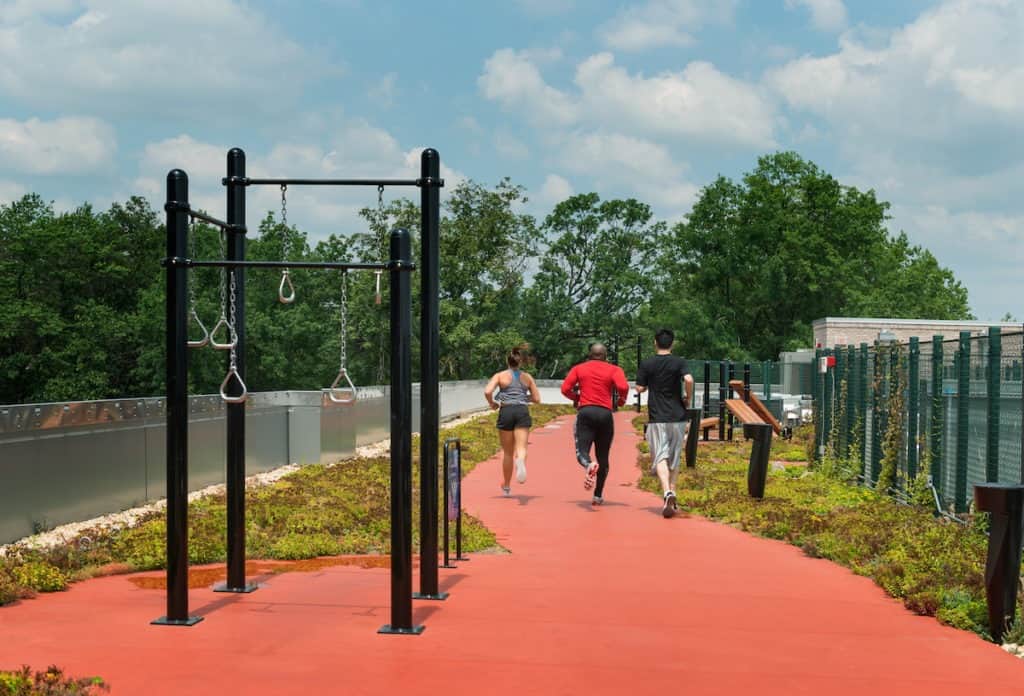
When editing two shots together, you are effectively combining possibly disparate scenic elements. This can actually multiply the intensity of the final product such that 2 + 2 = 5. By intercutting between two scenes, you can amp up the intensity of each scene to create an overall feeling of greater intensity.
It’s no surprise then that parallel editing is a common technique in action films for these reasons.
Parallel editing through time
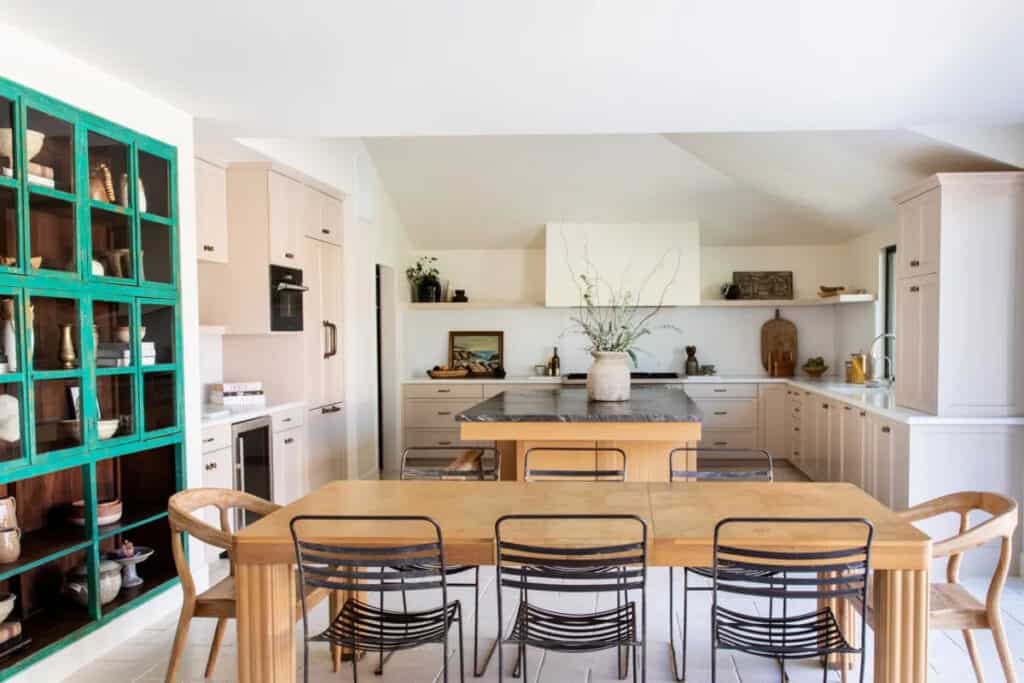
By editing together two scenes in different timeframes (e.g., the present and the past), the filmmaker can compare and contrast or pick up on details that aren’t apparent in a linear story. It is a means of linking points on a coherent chain.
For example, imagine a shot of a man running across the street in Manhattan to catch the bus. He doesn’t see the taxi turning the corner. The taxi hits him, and he dies immediately. Cut to that same man saying goodbye to his family earlier that morning as he leaves their apartment for work. It’s just another day. He kisses his son goodbye. We notice that his wife is so focused on working at her laptop that she doesn’t look up as he tells her goodbye and closes the door behind him.
With the benefit of parallel editing, we realize with great poignancy that the wife had no idea that she was saying goodbye to her husband for the very last time. Suddenly this scene is heartbreaking.
Parallel editing between locations
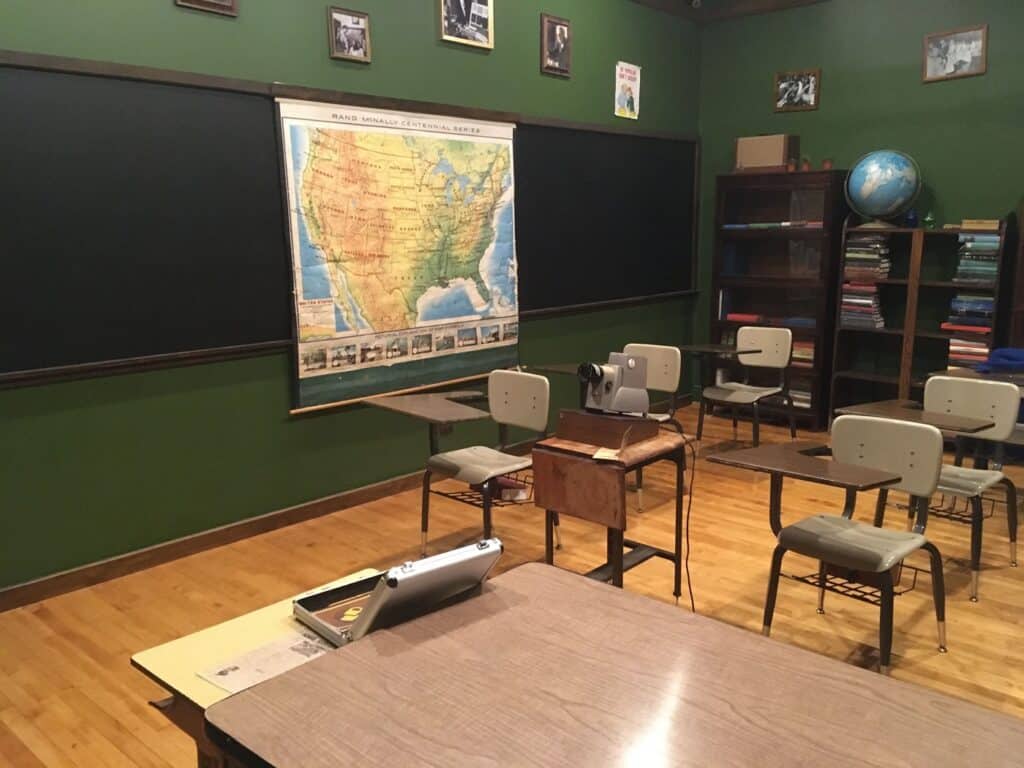
Filmmakers often use this type of parallel editing when two people are talking on the phone. It allows the viewer to see both sides of a conversation at once. For example, imagine a teacher talking to the parent of a student. The teacher is concerned that the student isn’t focusing in class and is falling behind on homework.
As the scene cuts to the parent, we notice that she’s speaking to the teacher from her bed. There’s a wheelchair next to the bed, which leads us to believe that the parent is disabled. We can see the student in the kitchen making dinner for her mother and siblings while her backpack sits unopened next to the door. Parallel editing between locations allows us to understand that the student is exhausted in class because she’s taking care of her entire household. While at home, she’s running errands and doesn’t have time for homework.
Parallel editing to connect two storylines
Parallel editing between two storylines can give us a concrete connection between two seemingly disparate scenes. The storylines may meet at some point, but usually, that would happen further along the timeline.
Parallel editing to create contrast
Until now, we’ve covered how parallel editing can join two stories together, but you can also use it to create contrast. By juxtaposing two very different scenes, it can effectively highlight their differences.
How to use parallel editing successfully
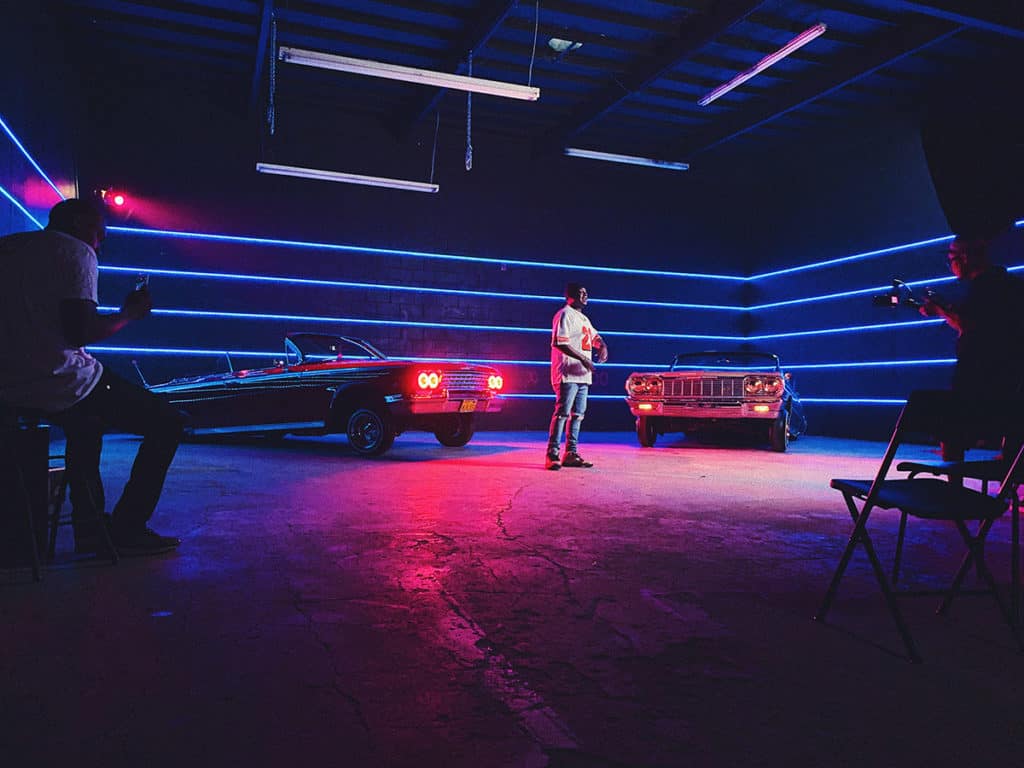
Ask yourself if it advances the story or lends insight into any aspect of your character or scene development. If you’re using parallel editing on two scenes that don’t fit together, then you’re doing yourself a disservice, and you’re confusing the viewer. Don’t just use parallel editing because you can!
Also essential to keep in mind as you’re shooting your film is maintaining the continuity of sound and color. Once you’re in the editing suite, you’re going to need that continuity so that your editing cuts are smooth and not jarring to the viewer.
So many details to consider!
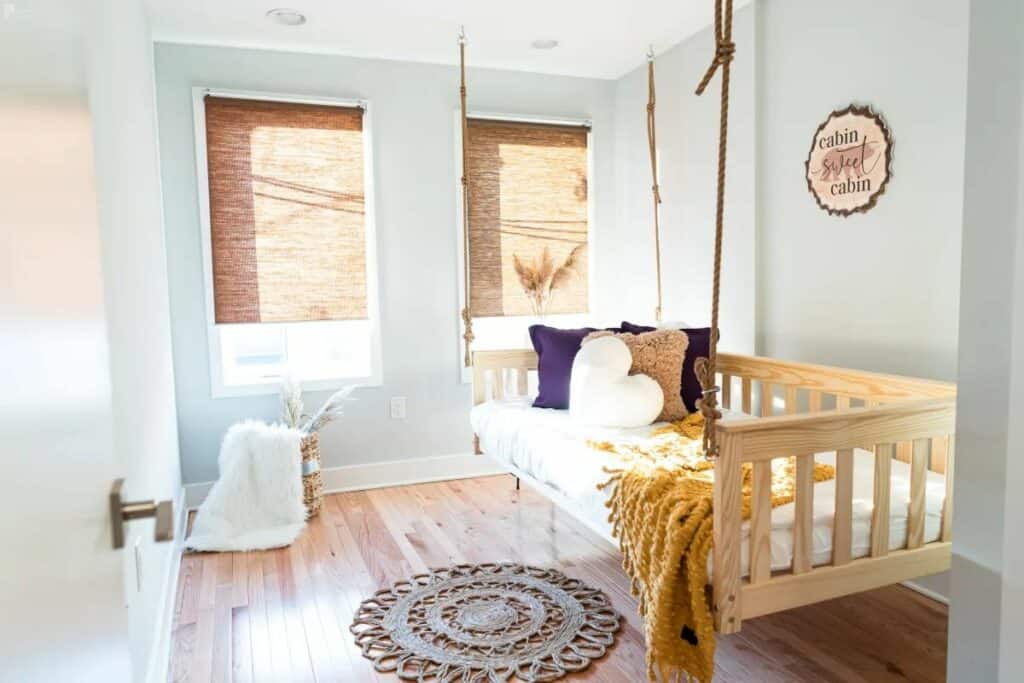
There really are so many details to keep in mind as you’re shooting a film. But if you weren’t aware of the multitude of considerations that go into filmmaking, don’t despair! Peerspace can help you find the best location for any film shoot so that you can cross that significant detail off your list. Whether your film takes place in the city or the ‘burbs, Peerspace has the perfect filming location for you.
Consider filming in this amazing Manhattan loft encompassing 400 square feet of interior industrial grit on the Lower East Side of Manhattan. Or if NYC isn’t suitable for your film, how about considering this rustic Montana lodge, a wooden cabin in Big Sky country with breathtaking views that change with the seasons. Whatever type of location you’re looking for, Peerspace has it and makes it effortless to reserve whenever you need it.
Find unique film shoot locations on Peerspace
Get together somewhere better
Book thousands of unique spaces directly from local hosts.
Explore SpacesShare your space and start earning
Join thousands of hosts renting their space for meetings, events, and photo shoots.
List Your Space
